SUSHI CHO (스시조)
336.8248185751256m 73 2021-03-29
106, Sogong-ro, Jung-gu, Seoul
+82-2-317-0373
This store was selected for the Michelin Guide Seoul 2021. This Japanese (cuisine) restaurant is located in Jung-gu, Seoul. The most famous menu is sushi.
Mirakjeong (미락정)
338.00536511289596m 91 2021-03-30
52, Sejong-daero 9-gil, Jung-gu, Seoul
+82-2-778-7210
It is a place where pork cutlet is made directly with domestic pork. This restaurant's signature menu is house-made jumbo sized pork cutlet. This Korean dishes restaurant is located in Jung-gu, Seoul.
Wangsol Pharmacy [Tax Refund Shop] (왕솔약국)
338.0433169446611m 0 2024-04-22
36, Namdaemun-ro, Jung-gu, Seoul
-
Bank of Korea Money Museum (한국은행 화폐박물관)
339.40182981208807m 9409 2018-10-25
39, Namdaemun-ro, Jung-gu, Seoul
The Bank of Korea Money Museum introduces the history of the currency culture home and abroad through the history and documents related to the Bank of Korea. The museum is not just a cultural space, but also a great place for hands-on education. Exhibitions explain the minting process and the recognition of counterfeits as well as displaying systematic research documents on money and the state economy.
Bank of Korea Money Museum (화폐박물관)
339.40182981208807m 0 2024-03-18
39 Namdaemun-ro, Jung-gu, Seoul
This Renaissance-style three-story stone building is the museum of the Bank of Korea. The older Bank of Korea was established as the central bank of the Korean Empire in 1909 and has been designated as a National Historical Site. During the Japanese colonial period, the bank was renamed the Bank of Joseon, and the building was used as the main and head office of the Bank of Korea until 2001. The building has been used as the nation’s Money Museum since June 2001 in celebration of the 50th anniversary of the Bank of Korea. The museum has 13 exhibition rooms on two floors, with one basement floor and two above-ground floors. It holds special exhibitions of various currency and art collections to provide domestic and foreign visitors with the opportunity to enjoy the history and culture of currency. Visitors can learn about the Bank of Korea and the central banking system, as well as how to identify counterfeit notes and how money is produced and circulated. It is also a good place for children to learn about currencies from around the world. Advance reservations are required, and parking is not available. The museum can easily be reached via subway by getting off at Hoehyeon Station (Seoul Subway Line 4) and exiting through Exit 7.
Hwangudan Altar (환구단)
342.67285028619983m 16286 2020-05-07
112, Sogong-ro, Jung-gu, Seoul
+82-2-3396-5842
Hwangudan Altar, also called Hwandan Altar, refers to an altar complex for the rite of heaven. The rites were first performed in the Goryeo dynasty by King Seongjong in the first month of 983 (2nd year of his reign), but was repeatedly adopted and abolished, and eventually stopped at the start of the Joseon dynasty.
Then in 1456 (2nd year of King Sejo), the practice was temporarily standardized and the rites were performed at Hwangudan Altar again in 1457. However, rites were again abolished in 1464 (10th year of King Sejo). It wasn’t until 1897 (34th year of King Gojong) when the Joseon dynasty was renamed as the Korean Empire and King Gojong ascended to emperor, that the rite was revived.
Now, Hwangungu Shrine and three stone drums stand at the location of the former altar complex. The three stone drums symbolize the instruments used for the rites. The shrine was completed in 1899, two years after the altar was started in 1897. Today, the Hwangungu Shrine still stands within the hotel grounds of the Westin Chosun Hotel.
Cheongsongok (청송옥)
342.58566314256666m 18044 2024-02-20
14 Seosomun-ro 11-gil, Jung-gu, Seoul
Cheongsongok is a jangteo gukbap (rice soup) restaurant that opened in 1984. The signature menu is jangteo gukbap, a rice soup with green onions and radishes in beef bone broth. The kimchi served with the gukbap is homemade, known for its spicy flavor and crisp texture. Nearby is Deoksugung Palace, and the Seokjojeon Hall in Deoksugung Palace presents a picturesque landscape harmonized with the garden, making it a popular spot for photography.
Namdaemun Market Bondong Clothing Shopping Center (남대문 본동의류상가)
345.1167089737081m 4532 2022-09-07
3-2, Namdaemunsijang 2-gil, Jung-gu, Seoul
+82-2-753-2805
Namdaemun Market Bondong Clothing Shopping Center maintains the traditional market atmosphere unique in Korea. It is home to a slew of restaurants, butcher's shops, and shops selling food items. Jungang-ro, in particular, houses many shops specializing in local Korean food products, attracting international tourists. The western side of Bondong Clothing Center is populated by shops selling stationery, art materials, and small electronics.
Nammun Tobang (남문토방)
347.7838445015163m 15101 2019-05-07
73-5, Namdaemunsijang-gil, Jung-gu, Seoul
+82-2-778-6727
This restaurant offers customers loach soup in Gyeongsang-do style and fried loach. Smoked duck shabu shabu and vegetables, as well as Smoked duck casserole are also a good choice.
Arirang (아리랑)
347.5050084863034m 24127 2021-03-29
23, Namdaemun-ro 7-gil, Jung-gu, Seoul
+82-2-752-1342
Arirang offers Korean cuisine with its articulate traditional interior and menus. Most menus are traditionally prepared, along with charcoal grill tables for visitors to cook their own meat. Menus consist of high-grade premium hanu (Korean beef) rib eye, charcoal grilled marinated beef ribs, hot-pot bibimbap, and more.
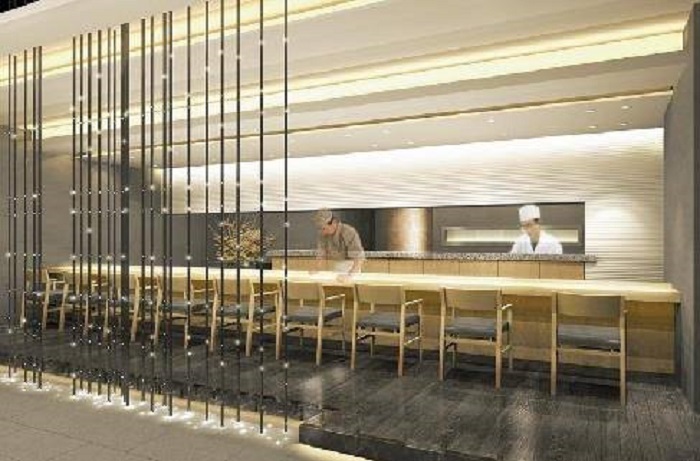
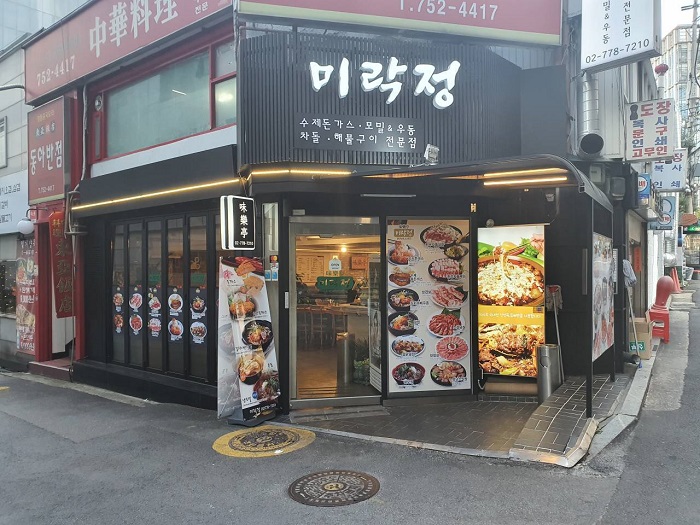
![Wangsol Pharmacy [Tax Refund Shop] (왕솔약국)](http://tong.visitkorea.or.kr/cms/resource/27/2887827_image2_1.jpg)
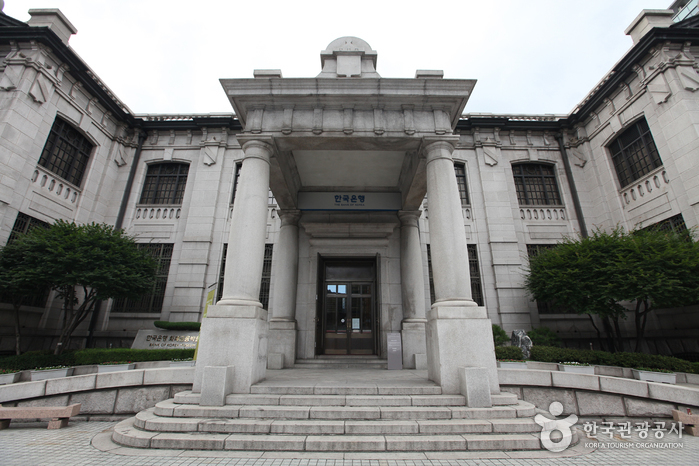

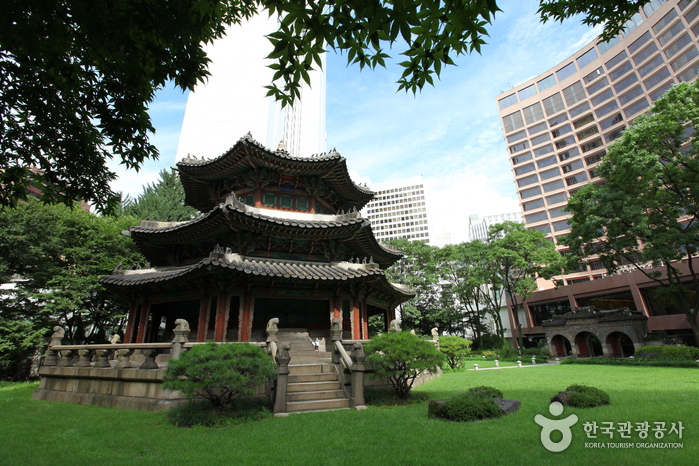
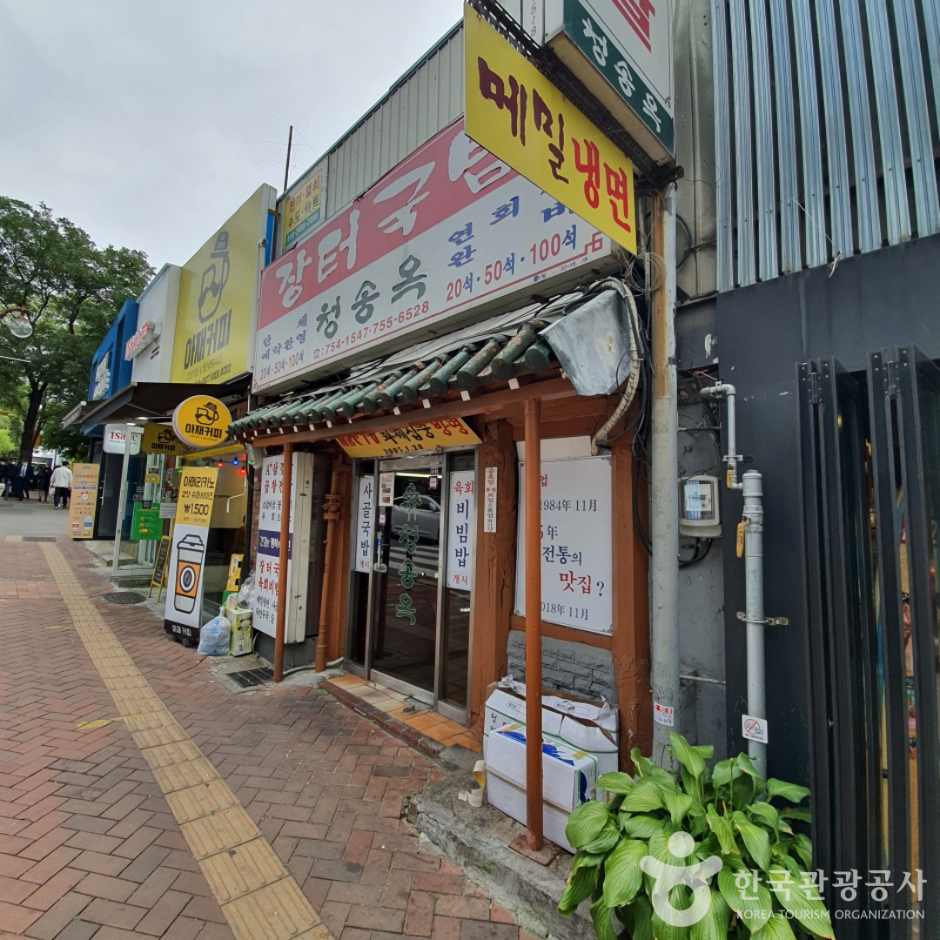
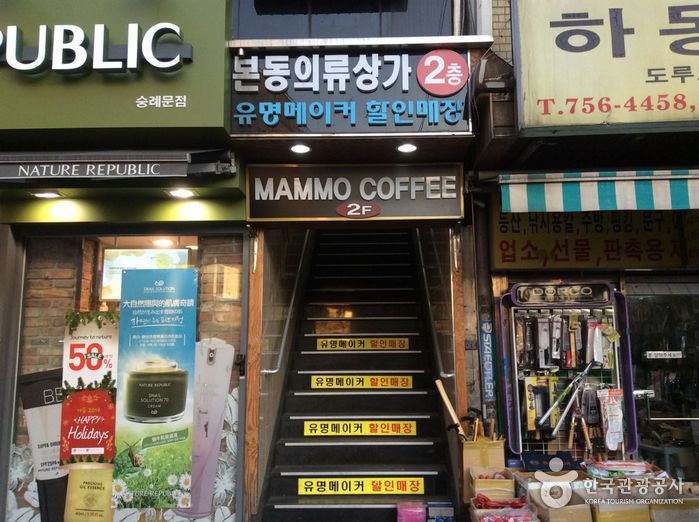
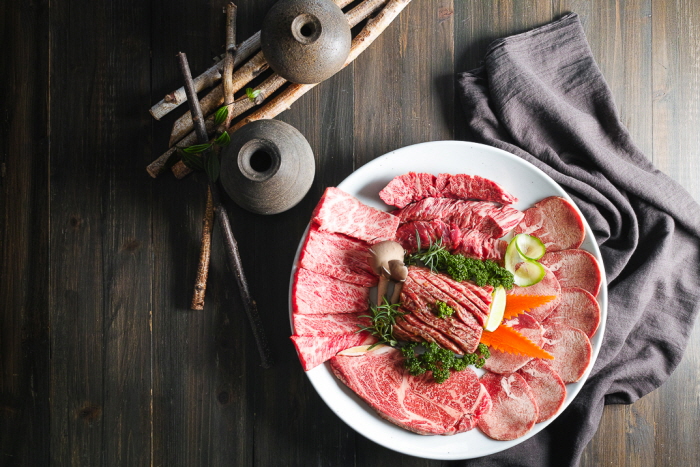
 English
English
 한국어
한국어 日本語
日本語 中文(简体)
中文(简体) Deutsch
Deutsch Français
Français Español
Español Русский
Русский